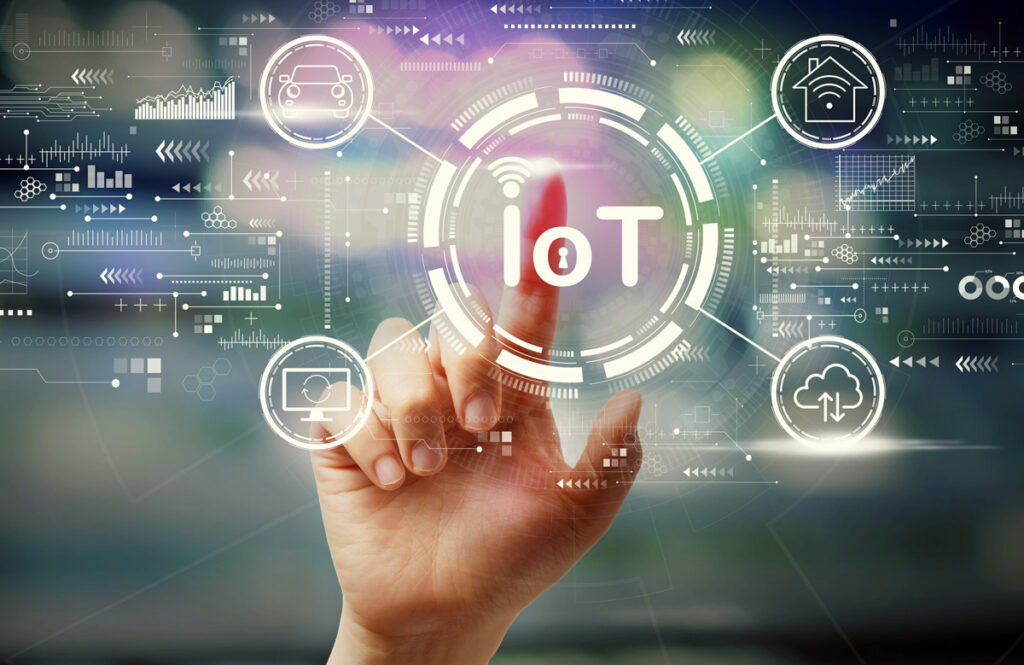The very purpose of connected objects is to collect personal data, inhabit the private worlds of their users and act autonomously. This means that connected objects put our privacy at risk! For manufacturers, considering solely technological aspects at the expense of ethical and privacy issues could lead to the rejection of connected objects. A privacy-by-design approach must be taken to build connected objects with a view to privacy-protecting connectivity.
Connected objects are enticing and off-putting in equal measure
Connected objects have become very popular with consumers as technological innovations have opened up a whole range of new possibilities: security (smart home), performance (connected watches, connected health), convenience (vocal assistant), etc. A recent international study showed that two thirds of households (in Australia, Canada, the U.S., France, Japan and the UK) have at least one connected object. And yet, people are fearful of these objects in terms of their ability to ensure the security and confidentiality of the data they collect (over 70% of survey respondents).
The power of connectivity is at the heart of privacy issues
The paradoxical context of these connected objects that are as enticing as they are off-putting can be explained by the power of their connectivity: the massive collection of data through the sensors, cameras, microphone etc. contained in the objects; algorithms that produce knowledge to support the customer, decisions and actions carried out by the object after the data has been processed, the conversational interface between the object and the user or other objects.
The risks of breaches of privacy are therefore inherent to connected objects. Yes, connected objects put our privacy at risk! What are the main problems? And what can manufacturers do to solve them?
Robot vacuum cleaners are sucking up more than just dust
The harshest criticism of connected objects is related to the right to keep certain aspects of private life secret and control their disclosure: the collection and use of personal data is the crux of the issue.
Robot vacuum cleaners are sucking up more than just dust! To effectively perform their household chore, the vacuum cleaners collect information that allows them to recreate a map of the house, surface area, room layout etc. The devices are equipped with cameras to help them recognize furniture and other objects. This information can be used without its owner’s knowledge by algorithms to deduce the number of people in the household, the presence of children and other highly personal information. In 2017, the CEO of Rombat, a manufacturer of robot vacuum cleaners, announced that he planned to sell the data collected by the vacuum cleaners. He quickly backtracked in response to strong reactions from consumers and the media, and the fact that his main competitor had taken the opposite position. With this statement, Rombat lost its most valuable asset: the trust of its customers. The incident itself was useful since it resulted in increased awareness, as is exemplified by the latest range of robot vacuum cleaners: a large indicator light informs users in real time when data is being collected; the recorded images are stored on the object itself for a limited time and are never stored in the cloud; an interface allows users to easily access what type of data is collected and deactivate it if necessary.
Leave me alone, will you? I’m trying to listen to the radio!
We’ve all had the experience of getting frustrated with the GPS voice that suddenly mutes the radio to tell us something. But we’re interested in the programme and think, “Leave me alone, will you? I’m trying to listen to the programme!” Not being disturbed in our daily lives, having the right to be left alone: a sense of peacefulness is another dimension of privacy and disconnecting should be a right. As such, objects should be equipped with a control that can be activated at any time to disconnect the object easily and instantly at the user’s request. A robot vacuum cleaner must facilitate the programming and personalization of when and where it works (for example, it may be programmed to be switched off as soon as the owner comes home and activated by an exchange of information between the robot and the connected lock when the owner leaves home).
But that’s out of my way, I don’t want to take that route!
Making decisions about our own lives, identities, preferences, choice of activities and capacity to have control over our actions – in short, sovereignty over ourselves – is a crucial facet of privacy. By letting objects decide and act in our place, we are losing some of our individual autonomy. What if we don’t want to go the way the GPS suggests (imposes?). It is our right, period.
Paradoxically, the autonomy of these objects makes their owners dependent. This is one of the reasons why many dieticians and doctors do not prescribe fitness trackers, based on the principle that overweight individuals are responsible for their diet. Scientific research published in the JAMA journal in 2016 confirmed this: obese individuals who follow a diet and write it down in their physical activity journal lose 2.4 kilos more than those who use a connected watch.
It is a difficult issue for manufacturers to solve, and the best solution would be to include different levels of autonomy that can be tailored to the user’s needs.
Connectivity that respects its users’ privacy, peace and quiet and autonomy: these are the keys to building trust with users of connected objects.
